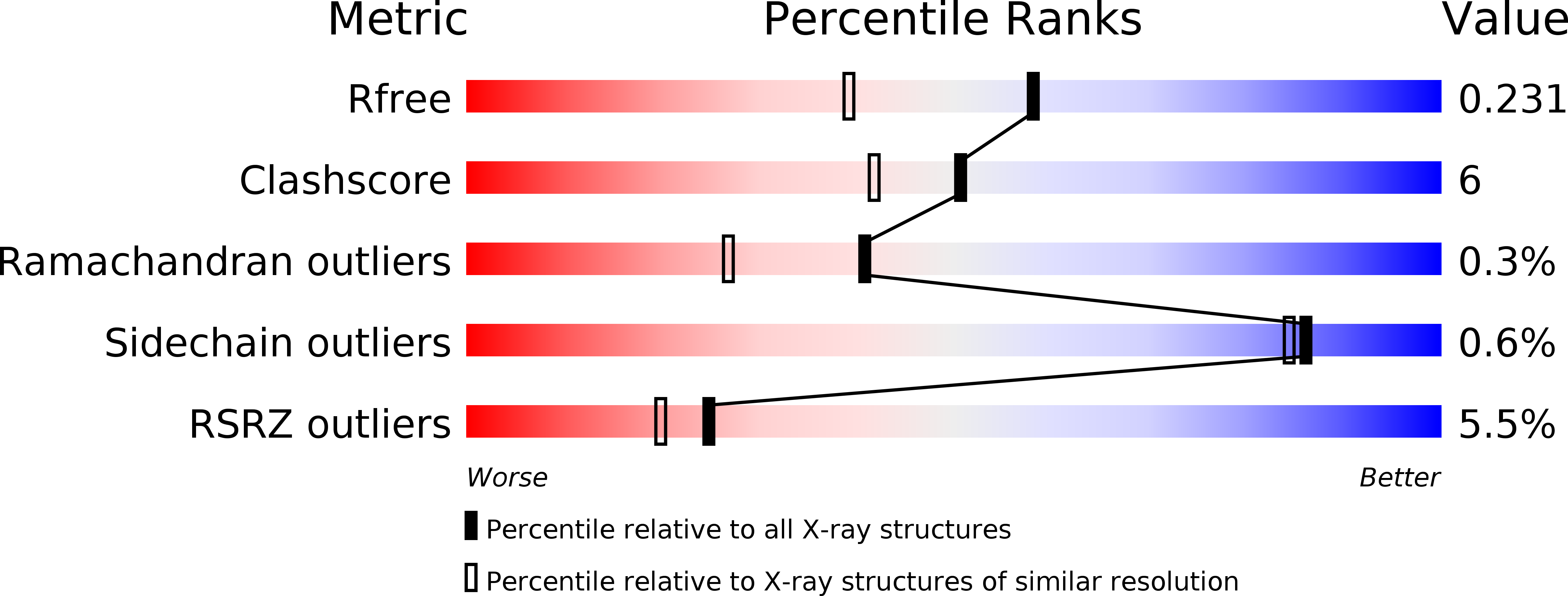
Deposition Date
1999-11-04
Release Date
2000-02-10
Last Version Date
2024-05-08
Method Details:
Experimental Method:
Resolution:
1.80 Å
R-Value Free:
0.23
R-Value Work:
0.22
R-Value Observed:
0.22
Space Group:
P 1 21 1


